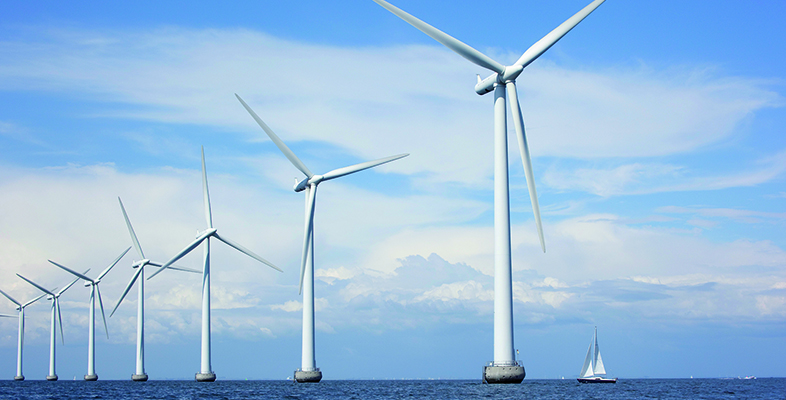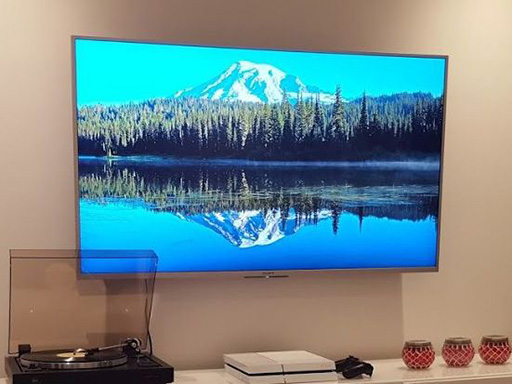4.1.1 Televisions and consumer electronics
In the 1980s, a large cathode ray tube (CRT) colour television using valves would have consumed about 500 watts. The transistor equivalent of the 1990s (with the same screen size) consumed only about 100 watts. The more recent development of flat-screen TVs with LED lighting has allowed larger screen sizes (Figure 40) and pushed the power consumption back up. It is estimated that UK electricity consumption by televisions increased by a factor of four between 2007 and 2017 (BEIS, 2021c).
These, and other electronic devices, represent an increasing use of electricity in the home. In the office, the increased use of electronic equipment is a source of excess heat that may promote the installation of air conditioning.
Yet the electronics industry is capable of great feats of energy efficiency if pressed. The modern laptop computer is carefully designed to eke out the maximum period of operation for the minimum battery capacity.

